Flowers have always held a special place in Indian culture. They are considered auspicious and sacred and are often used in various rituals, festivals and religious ceremonies. Each flower has its own unique qualities and symbolism associated with it. In this article, we will explore some of the most popular flowers in India and their names in the ancient language of Sanskrit. Knowing the Sanskrit names of flowers also provides insight into their deeper meaning and cultural significance.
Also read: These Diwali Flowers Are So Much More Than Meets the Eye – Find Out Why!
Common Flowers And Their Sanskrit Names
Here are some of the most popular flowers in India along with their Sanskrit names and a brief description:
Lily (Kamal)

The lily flower is known as Kamal in Sanskrit. Kamal refers to the lotus flower and symbolizes beauty, knowledge and spiritual enlightenment. White lilies represent purity and innocence.
Jasmine (Mogra)
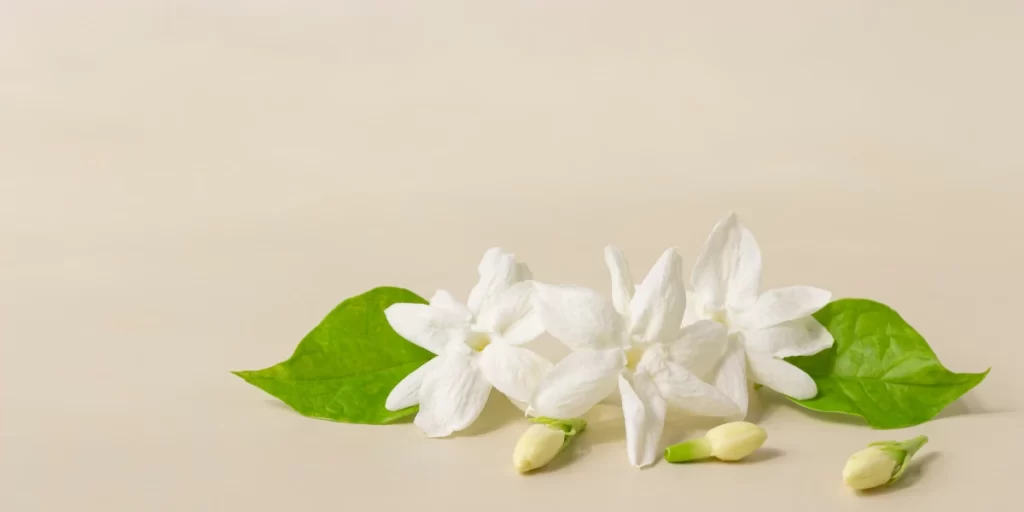
Jasmine is known as Mogra in Sanskrit. The word Mogra comes from the Sanskrit word Mallika which means jasmine. Jasmine flowers are used to adorn deities in temples and during weddings as a symbol of grace, elegance and love.
Rose (Taruni)
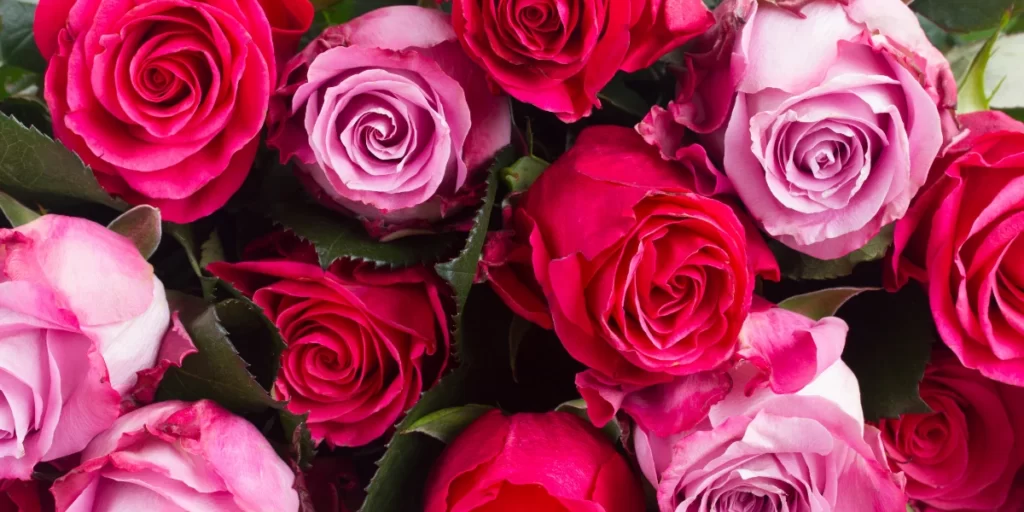
Roses are called Taruni in Sanskrit. Taruni means young maiden. Red roses symbolize love and romance. The rose is seen as the flower of beauty and joy.
Daisy (Prithviputri)

Daisy is known as Prithviputri in Sanskrit where Prithvi means earth and putri means daughter. Daisies represent innocence and purity.
Hibiscus (Japa)

Hibiscus is called Japa in Sanskrit. These bright, large flowers are offered to Goddess Kali and Lord Ganesha. Hibiscus symbolizes delicate beauty and fertility.
Marigold (Genda)
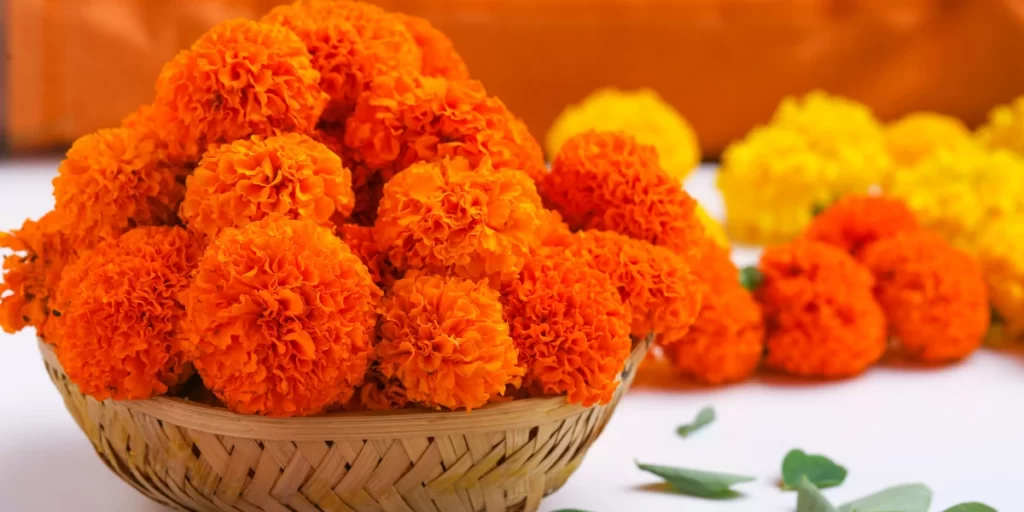
Marigolds are known as Genda in Sanskrit. Marigolds are considered auspicious flowers that represent brilliance and grace. They are used as offerings in temples and for religious rituals.
Tulip (Nava-komala)

Tulips are called Nava-komala in Sanskrit where Nava means new and Komala means delicate. Tulips symbolize spring, rebirth and love.
Canna (Kewada)

In Sanskrit, Canna flower is known as Kewada. Canna indicates joy and celebration. This flower is offered to Goddess Lakshmi during festivals and special occasions.
Poppy (Kshira-kakoli)
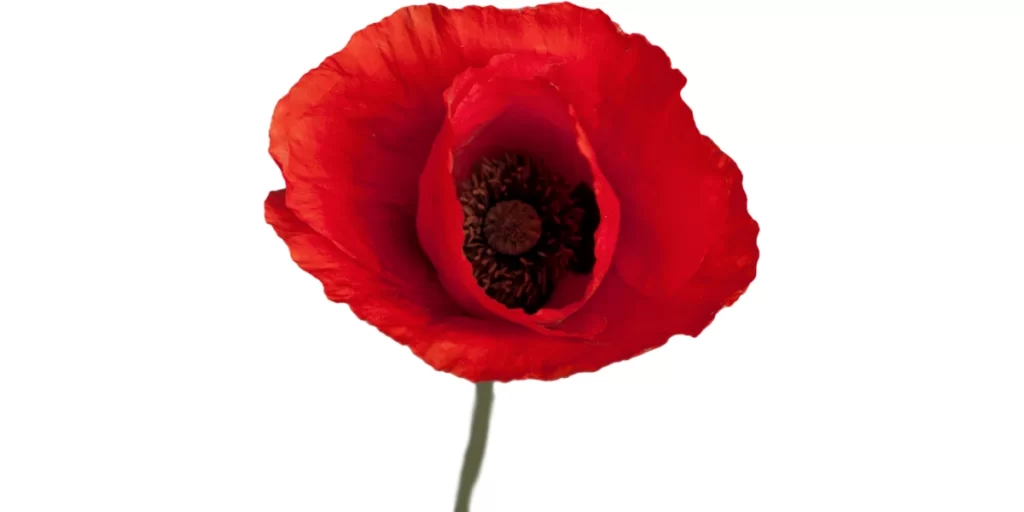
Poppy is known as Kshira-kakoli in Sanskrit where Kshira means milk and Kakoli means bud. Red poppy symbolizes pleasure and fantasty. It is associated with Goddess Lakshmi.
Dahlia (Ranga-alika)
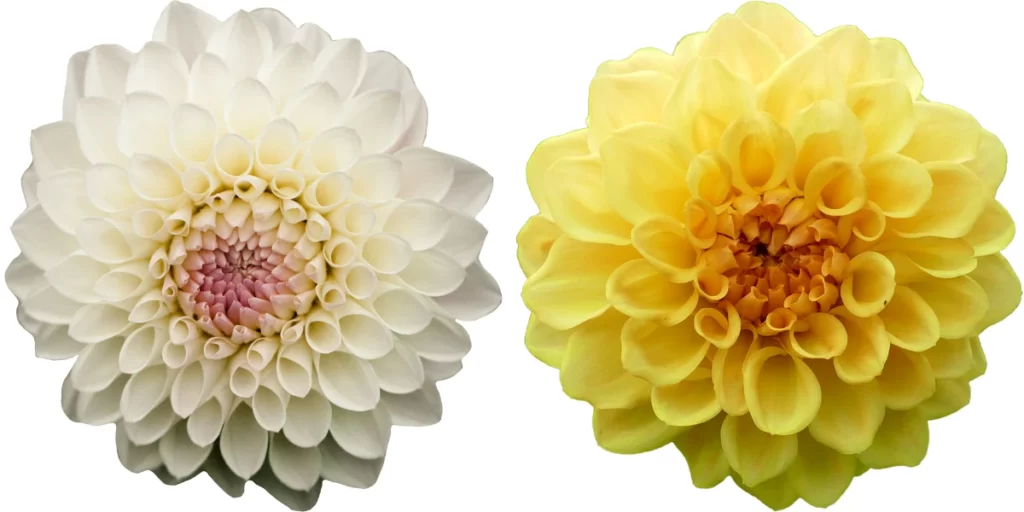
Dahlia flowers are called Ranga-alika in Sanskrit where Ranga means color and Alika means beauty. Dahlias represent elegance, inner strength and dignity.
Pansy (Banafsha)
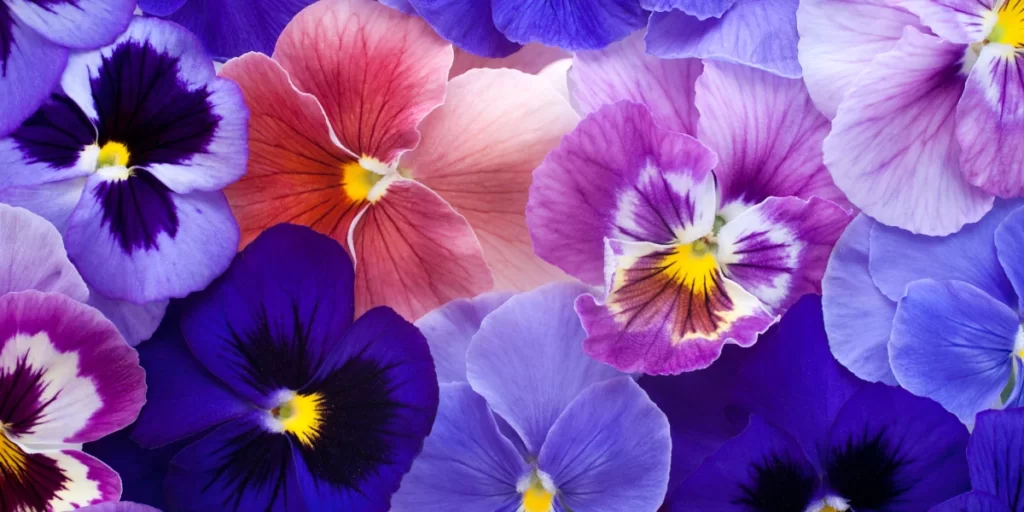
Pansy flower is known as Banafsha in Sanskrit. It symbolizes loving thoughts and memories. The pansy expresses imagination and creativity.
Aster (Shubhra)
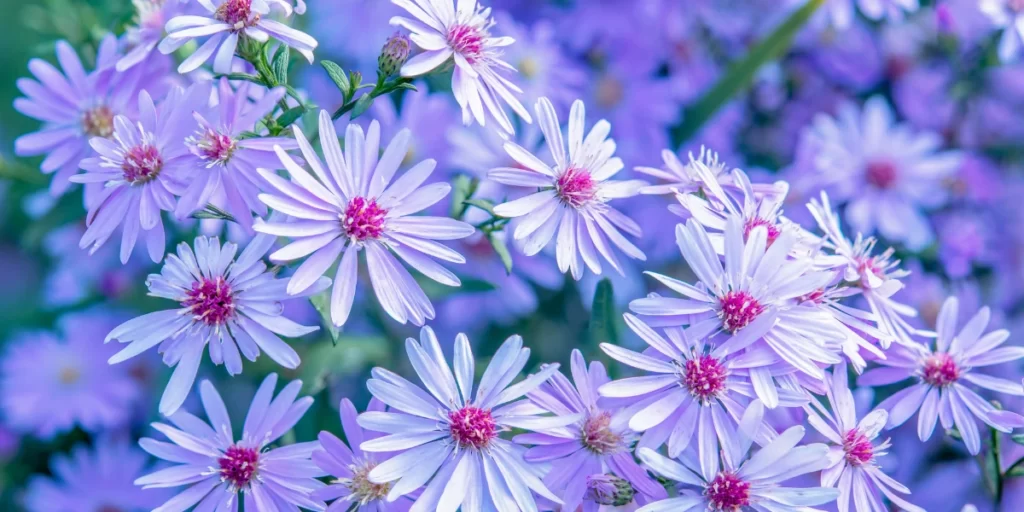
Aster flower is called Shubhra in Sanskrit. Shubhra means pure and radiant. Asters symbolize patience, elegance and daintiness.
Chameli

Chameli refers to Jasmine flowers in Sanskrit. The word Chameli is derived from Sanskrit word Champaka which means Jasmine flowers. These fragrant flowers represent pleasantness, amiability and cheer.
Orchid (Vandana)
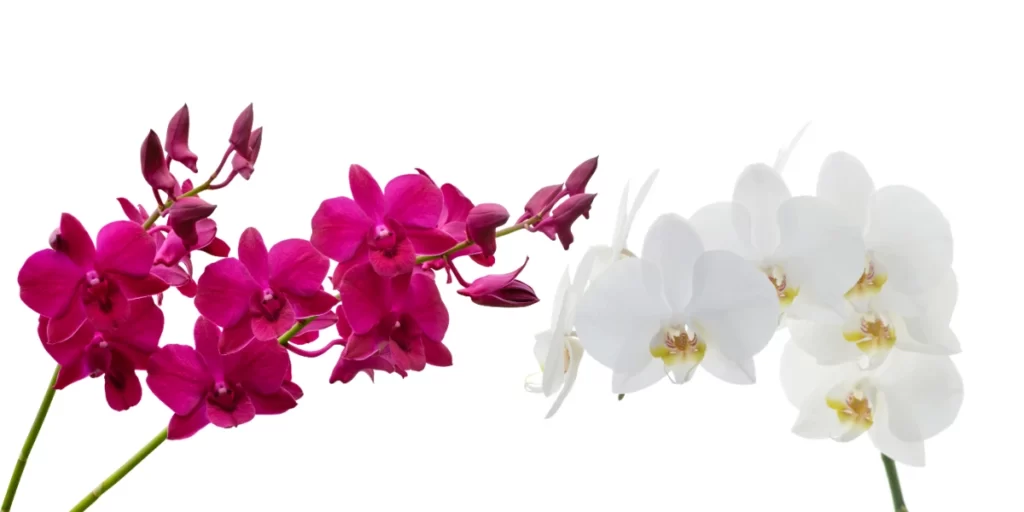
Orchids are called Vandana in Sanskrit. Vandana means salutation or praise. Orchids denote refinement, thoughtfulness and mature charm.
Mogra

Mogra is another Sanskrit name for Jasmine flowers. In Sanskrit, Mogra is also known as Madayantika. The sweet and intense fragrance represents harmony and romance.
Zinnia (Citra-pushpa)

Zinnia flower is known as Citra-pushpa in Sanskrit where Citra means bright or varied and pushpa means flower. Zinnias bring joy and thinking of absent friends.
Other Notable Flowers and Their Sanskrit Names
Here are some more popular flowers and their Sanskrit names:
Lotus (Padma)

The sacred lotus flower is known as Padma in Sanskrit. It represents divine beauty, purity and spiritual power.
Chrysanthemum (Sevanti)

Chrysanthemums are called Sevanti in Sanskrit. They symbolize optimism, joy and longevity.
Sunflower (Suryapushpa)

Sunflower is known as Suryapushpa in Sanskrit which literally means flower of the sun. Sunflowers represent adoration, loyalty and longevity.
Gladiolus (Ksirada)
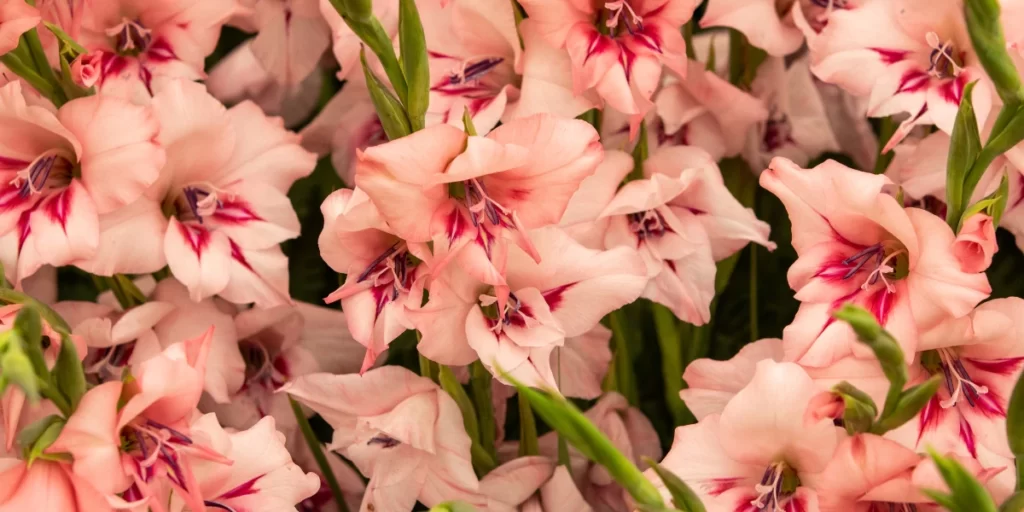
The gladiolus flower is called Ksirada in Sanskrit. It stands for strength of character, generosity and moral integrity.
The Significance of Flowers in Indian Culture
Flowers play an important role in Indian traditions and rituals. They are considered sacred offerings to the Gods. Each flower represents certain values and has its own meaning. Flowers like lotus, marigold, rose and jasmine hold high spiritual significance.
They are used as ritual offerings, wedding decorations, garlands for auspicious occasions, etc. Knowing the Sanskrit names of flowers provides a peek into their symbolism and cultural importance. Indians recognize the innate splendor and divine qualities associated with flowers. Their presence is seen as auspicious and uplifting.
Conclusion
India has a long, rich history of flower usage as symbols and offerings. The Sanskrit names reflect the sublime qualities embodied in flowers. Popular flowers like the rose, jasmine, marigold, lily, sunflower, orchid and daisy have profound meaning in Indian culture. Their presence in religious ceremonies and festivals reconnect people with principles of purity, divinity, fertility, love, knowledge and auspiciousness intrinsic to flowers. The mystical language of Sanskrit contains the veneration, poetry and spirituality that flowers represent in Indian traditions.
FAQs
What is the significance of flowers in Indian culture?

Flowers have a special spiritual and symbolic significance in Indian culture. They are considered sacred offerings and represent qualities like purity, divinity, beauty, fertility, knowledge, etc. Flowers are an integral part of rituals, festivals, weddings and religious ceremonies.
Why are flowers given Sanskrit names?

Flowers are given poetic and meaningful names in Sanskrit that encapsulate their sublime qualities and deeper significance. The Sanskrit names reflect the symbolism, history and cultural importance of flowers in India.
What does the lotus flower symbolize in Sanskrit?

The lotus is known as ‘Padma’ in Sanskrit. It symbolizes divinity, fertility, wealth, knowledge, and purity. The lotus represents the universal life force and has become a key part of Indian iconography.
What is jasmine called in Sanskrit?

Jasmine flowers are known as ‘Mogra’ or ‘Madayantika’ in Sanskrit. Jasmine symbolizes pleasantness, joy, harmony and romance. These fragrant flowers are used in wedding ceremonies.
Why are marigold flowers used in Hindu rituals?
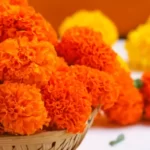
Known as ‘Genda’ in Sanskrit, marigolds represent brilliance, grace and creativity. Their vibrant color and aroma are believed to ward off evil. Hence, they are used in rituals, temples, and auspicious occasions.
